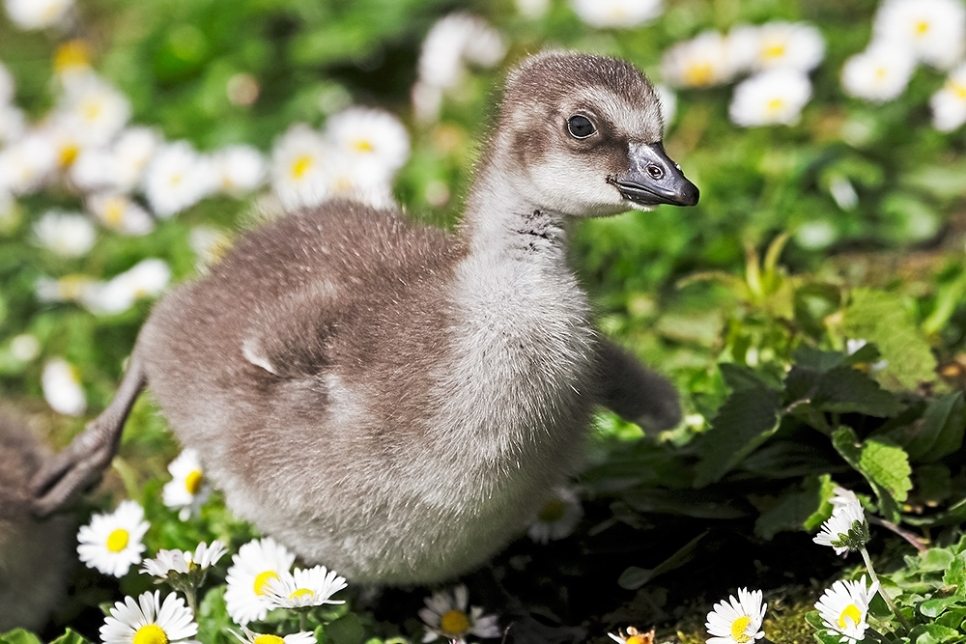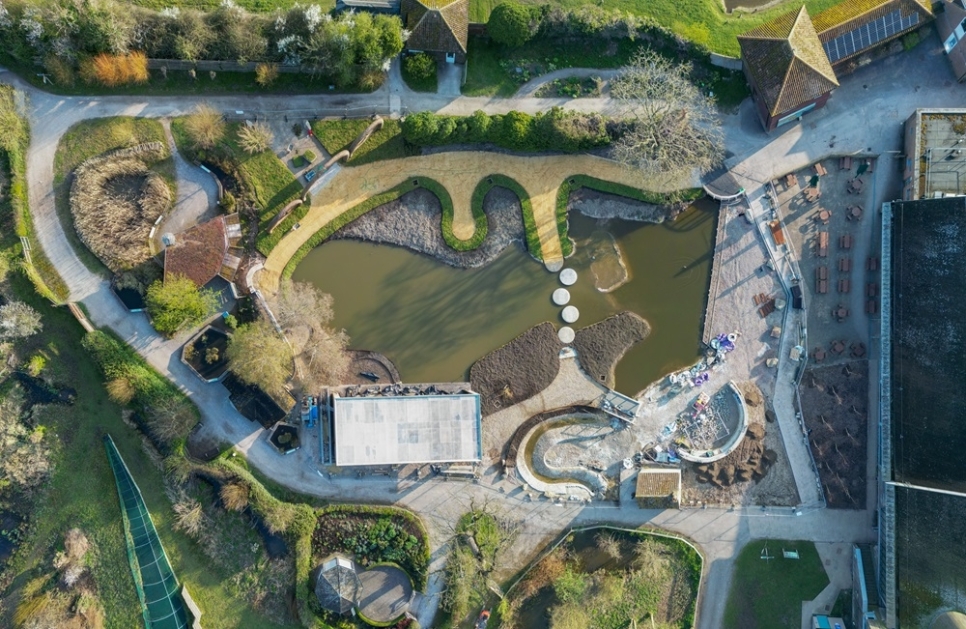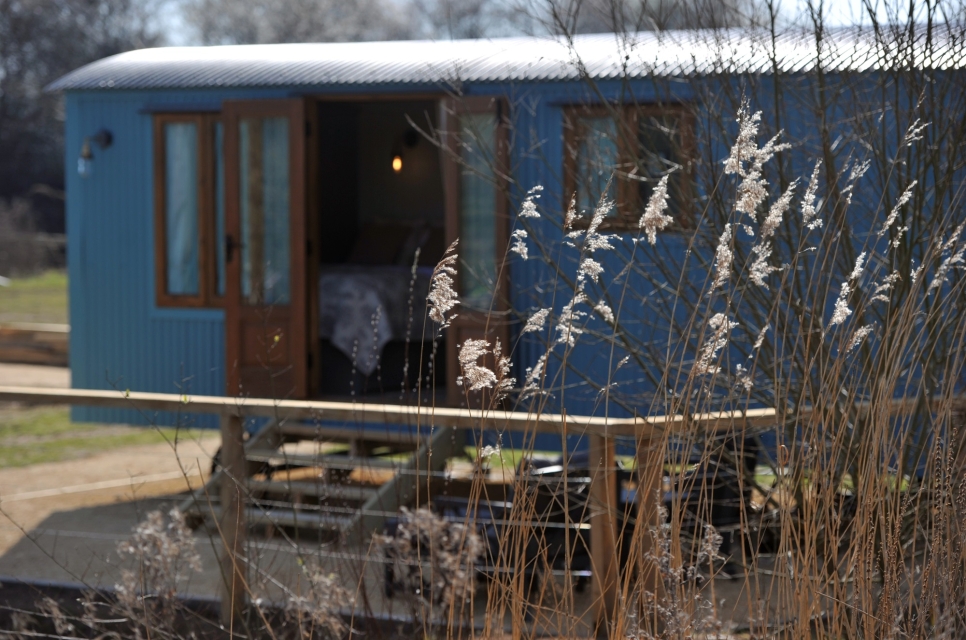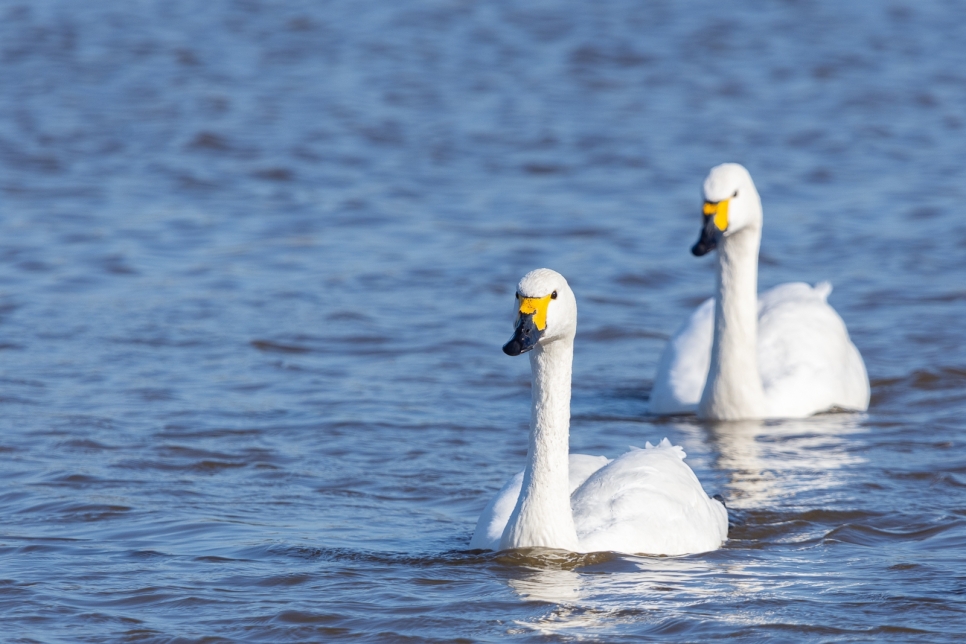Restoration of a century-old duck decoy begins
Work will this week begin on the Duck Decoy, as part of the HLF funded Slimbridge 2020 project, so we’ve taken a look back at the history of the structure that was instrumental in Sir Peter Scott’s journey from wildfowler to pioneering conservationist.
Work will this week begin on the Duck Decoy, as part of the HLF funded Slimbridge 2020 project, so we’ve taken a look back at the history of the structure that was instrumental in Sir Peter Scott’s journey from wildfowler to pioneering conservationist.
The Berkeley New Decoy was originally built to catch ducks for the estate table in the Victorian and Edwardian times but Scott saw another function for this intriguing tool. Rather than luring ducks to their demise, it could be used to conserve by way of catching and ringing them – allowing the species to be monitored and studied for years to come.
How does it work?
The decoy itself is a small, secluded lake with spurs running off into netted, conical tunnels called pipes – the word decoy deriving from the Dutch word eendenkooi, which means “duck-cage”. Century old country skills taught us that the decoy needs the help of a certain assistant in addition to the decoyman in order to work – that of a fox-like dog. Intriguingly, rather than having to be chased into the tunnel, ducks will voluntarily follow a dog that resembles a fox – to keep the predator in sight. Once inside the pipe the decoyman appears at the open end, startling the ducks, and flushing them down the ever-narrowing pipe to a detachable net. The decoy has four pipes, so it can be operated no matter the wind direction. The decoyman will select the pipe facing into the wind as ducks will take off into the wind, and the decoyman must be sure when he startles them they will fly into the pipe and not out again.
Scott and the Decoy
Scott’s interest in the decoy was apparent well before taking on the site, with references to it as early as 1928 and again in 1937, before stating his intentions for the reserve in 1945. Even then, the decoy was clearly an integral part of his plans.
‘Besides the wild geese there was, of course, the decoy, which lay in the little wood close beside the headquarters cottages. Berkeley New Decoy was its full title, as listed in Sir Ralph Payne Gallwey’s Book of Duck Decoys. It had not been effectively worked for about thirty years, although it had been repaired with the intention of working it in 1937. There was stout string netting still on the pipes which needed only a small amount of patching. Only two of the four pipes were usable, the other two having at some time or other been filled with mud from the pond and blanked off. The first season’s catch was only six ducks, but although they were only Mallards, they were, to us, six very important birds – our first. They were duly ringed and released. … It gave me great pleasure to have a duck decoy to develop which could be compared with Borough Fen Decoy where I had learned the decoyman’s art.” P Scott, Eye of the Wind, 1961.
Restoring the Decoy to its Former Glory
Largely inspired by Scott’s ambitions, we once again plan to restore this hugely important tool, as part of the Slimbridge 2020 project. With the help of volunteers, staff will start work on the decoy in May 2018, disassembling the pipes, screens and netting, followed by the draining of the lake. Over the course of several proceeding months, new screens will be added, the lake will be desilted and a blacksmith will carry out repair work. Once completed, the decoy and the decoyman’s hut will be used once more and reopened to the public, with regular demonstrations on offer.
We hope our visitors are excited as we are about restoring one of Scott’s most iconic and inspirational tools to its former glory.
‘As we squelched up the track, past the 100-year-old duck decoy, into the deep-rutted yard and back along the muddy lane towards the canal, I looked at my surroundings with a new eye, an eye to the future, for this was the beginning of the Wildfowl Trust.’ P Scott, Eye of the Wind, 1961. Writing about his visit to Slimbridge in Dec 1945.



